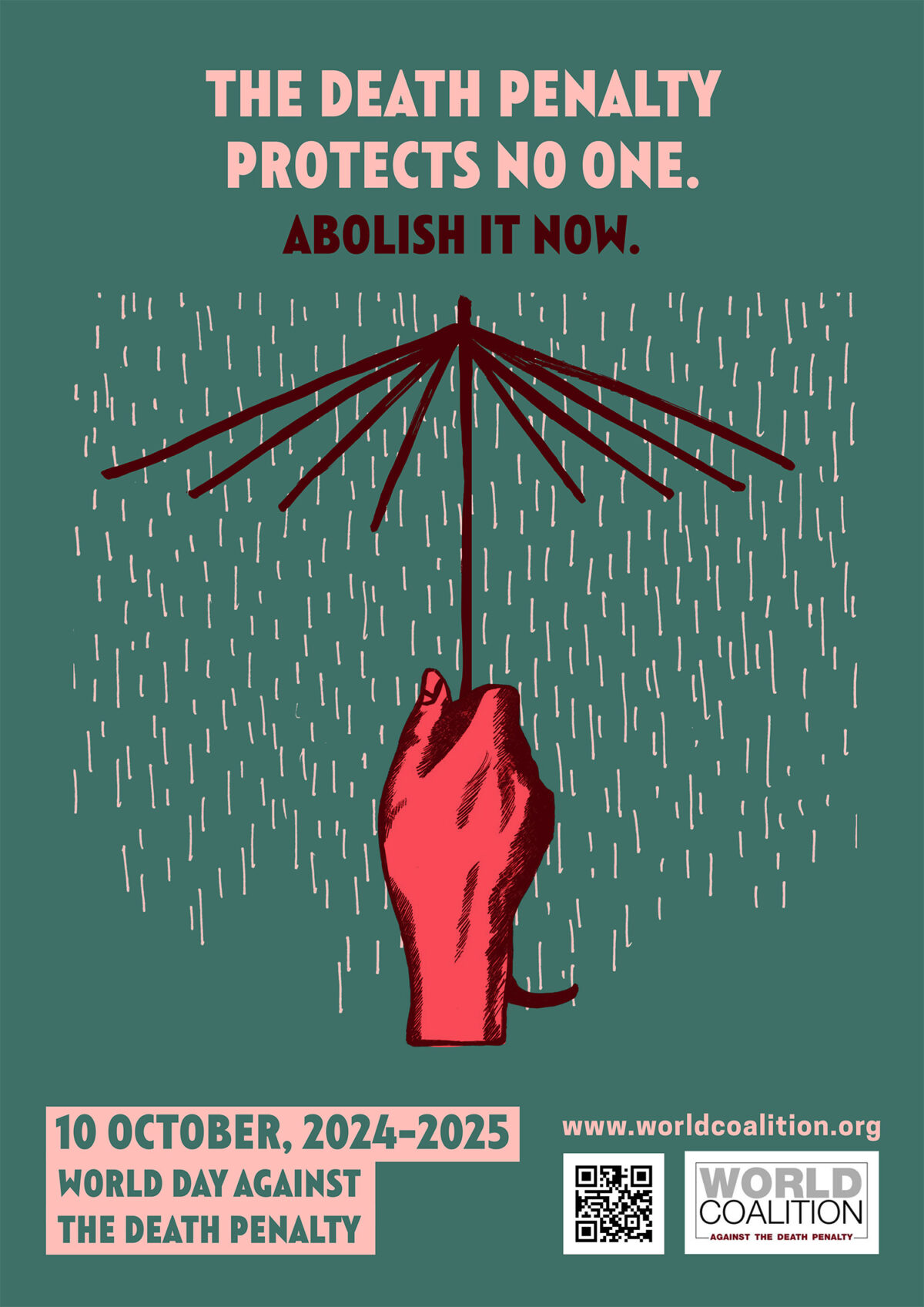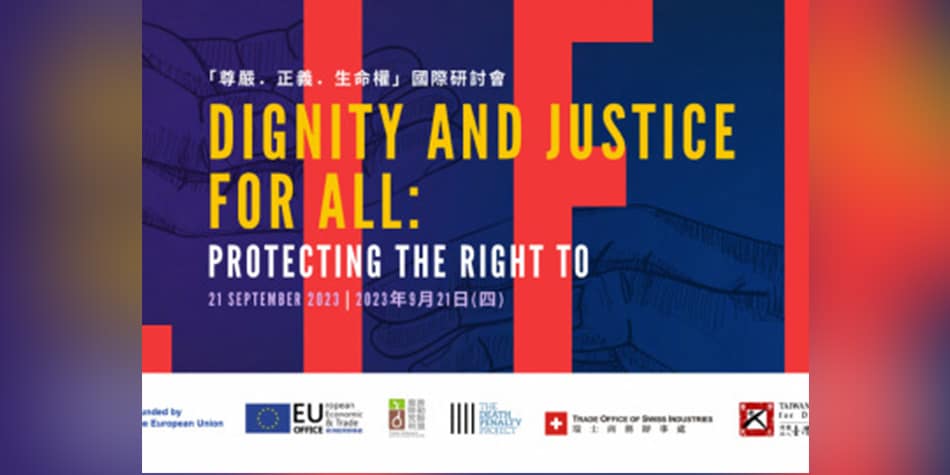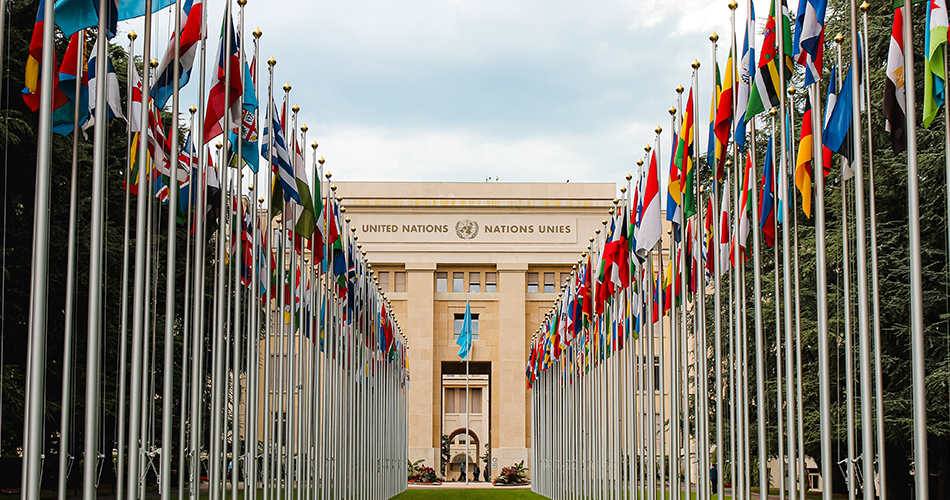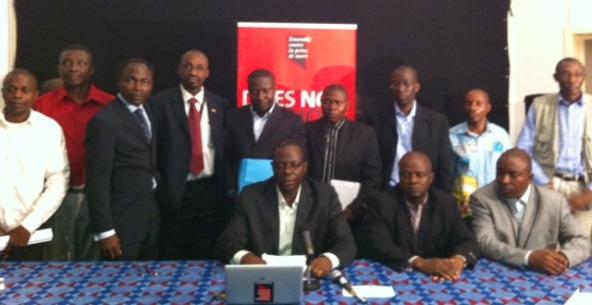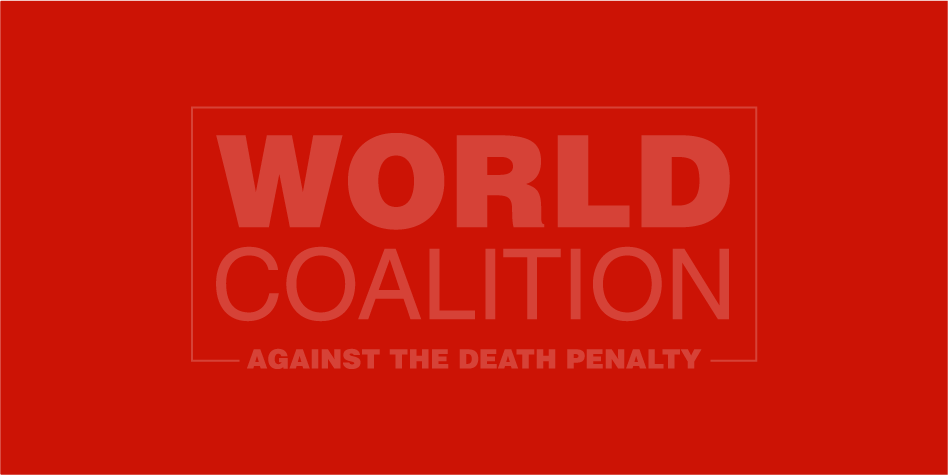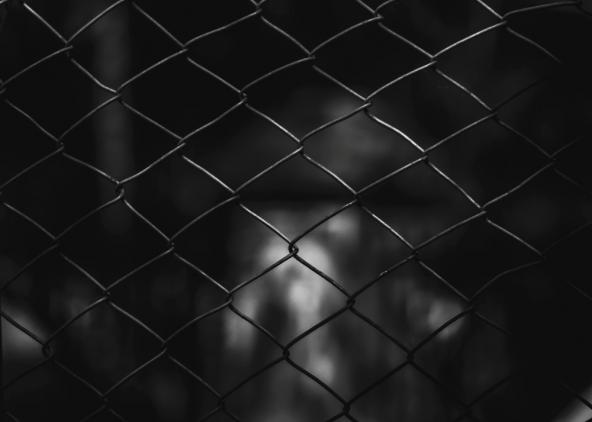
Documenting Human Rights Violations in North Korea
Updating an earlier report from 2017, it presents four years of research that aimed to document and map three types of death penalty-related locations in the Democratic People’s Republic of Korea (North Korea):
- locations of executions of persons sentenced to death;
- locations where bodies are buried or cremated by the state;
- official places that may contain documents or other evidence related to these events.
The working group used satellite imagery in interviews with persons who have escaped from the North Korean regime. Satellite images containing basic information (city name, train station, etc.) are shown to interviewees who are then asked, starting with places close to where they lived or that they know of, to point on the map to places that correspond to the three types of places described (place of execution, burial place or place that may contain evidence). Witnesses are neither assisted nor directed by the persons conducting the interview. If they are able to point to locations, then the coordinates are recorded and compiled.
To do this, the working group uses a geographic information system (GIS) to process, analyze and finally present the elements thus collected in the form of geographic data.
The importance of such research
As the authors of the report explain, this type of research is of particular importance both for investigating human rights violations and for the surviving victims of the regime, who are looking for answers.
Indeed, having a clearer picture of the sites related to human rights violations in North Korea facilitates future investigative work on the crimes committed. It would allow these sites to be preserved and classified as crime scenes in order to gather as much information as possible.
During the research, 92% of the participants felt that, in the case of transitional justice, it is necessary to exhume the bodies in order to identify the victims and return them to their families for a decent funeral.
Finally, recognition of these crimes is fundamental to the recovery of society after a totalitarian regime.
Mapping therefore adds an additional layer of understanding to the various research studies already carried out by other human rights actors, both to understand what is currently taking place in the North Korean regime and to fulfil a duty to remember the victims.
TJWG’s research in a few key points
- The working group interviewed 610 people over 4 years.
- 323 sites were reported as state-sanctioned execution sites and were accompanied by geographical coordinates. Of these 323 sites, 200 are in the North Hamgyong Province.
- The most common crimes for which people are convicted in descending order are property crimes, violent crimes, political crimes, human trafficking, economic crimes.
- 318 sites were reported as sites of public execution. Of these public executions, 19 involved more than 10 persons at the same time.
- The most common places chosen for executions seem to be riverbanks, fields, markets, sports fields or schools.
- The various testimonies indicate that the size of the crowds varied, but that crowds of up to 1,000 or more people came to witness the executions.
- 83% of witnesses attended a public execution and 53% were forced to attend.
- 16% of those who testify have at least one family member who was executed by the regime.
Lack of a fair trial
In addition to a lack of access to a lawyer, or to due process, many witnesses also indicated that the execution of convicted persons was often scheduled on the same day and place of the trial, thus underlining that the death sentence was decided in advance and that the trial was purely formal.
Moreover, trials were often held in the absence of a judge, presided over solely by officers of the regime.
The case of deaths in custody and secret executions
In addition to public executions, 20 interviews conducted since 2018 mention deaths in custody, which may involve several people at the same time.
The report states that three deaths that occurred a few days after a person’s release, but were the direct result of the detention conditions.
Finally, reference is also made to secret executions, particularly in cases where the person sentenced to death is accused of committing a crime such as murder or embezzlement.
Gathering evidence: the question of official places containing documents relating to human rights violations
The research conducted by the working group also aims to map locations that may contain death penalty-related material in North Korea. The North Korean regime is indeed known to carry out a systematic classification of the population. It uses a system called "songbun", a discriminatory system of surveillance and classification of citizens into several groups: "nucleus", "complex", "hostile".
The first 2017 report identifies places such as local police offices, intelligence offices, military units and administrative offices, which may contain data on executions and human rights violations.
For more information, click here to read the full report and here to access the map data.
Photo by Aswin Deth on Unsplash
Categories
Democratic People's Republic of Korea

